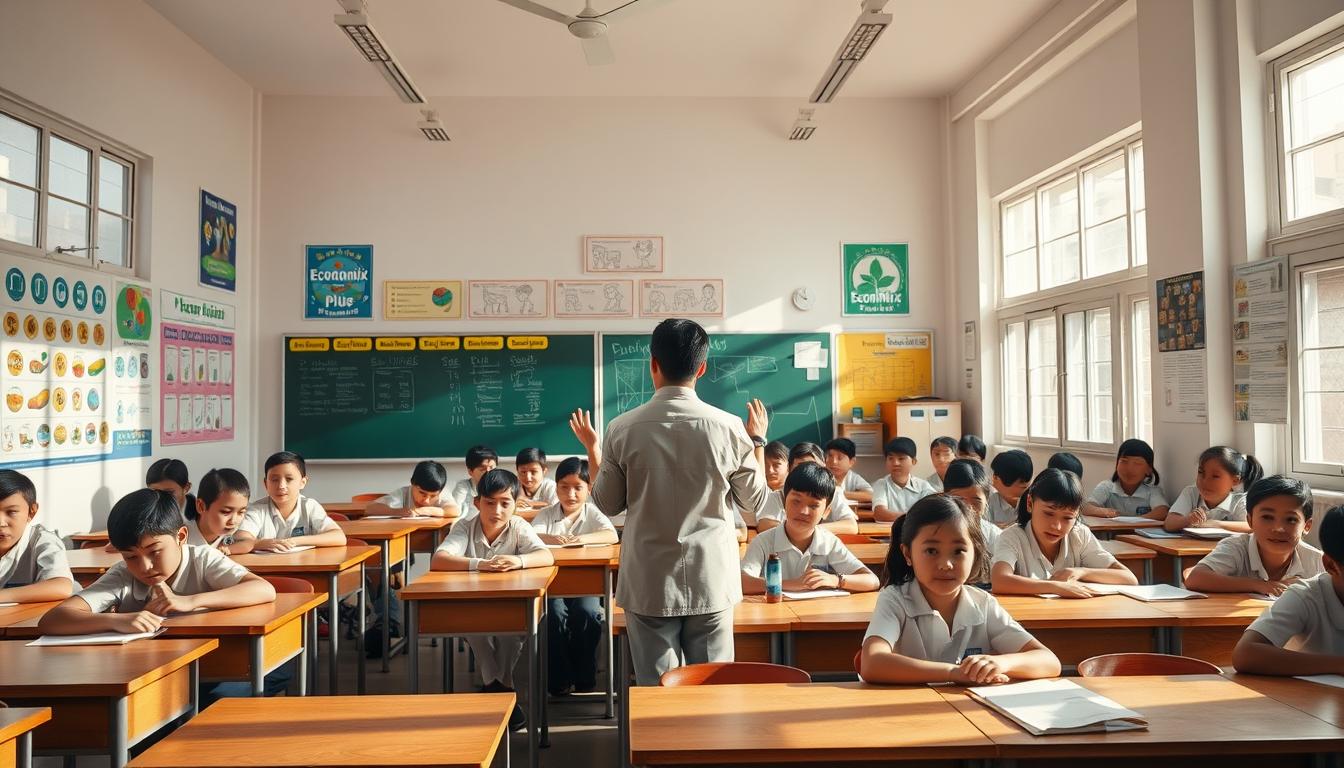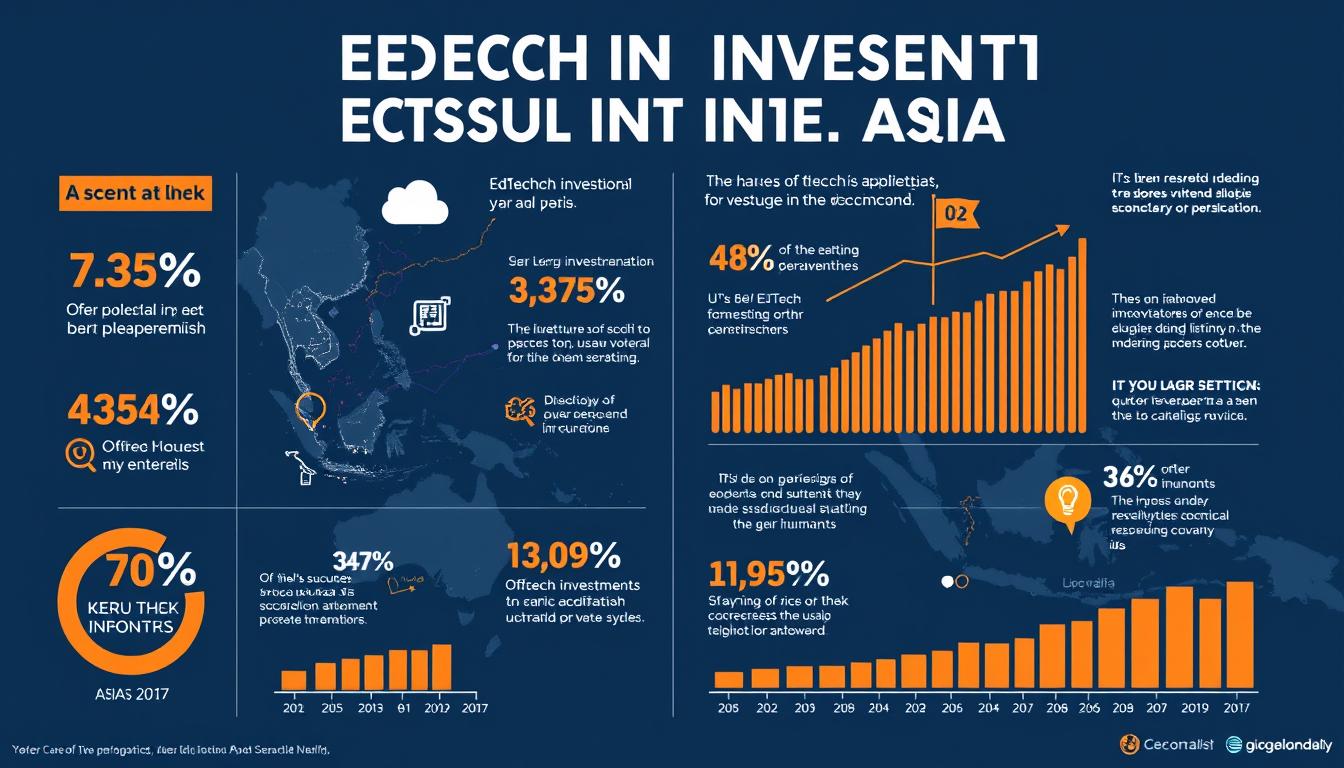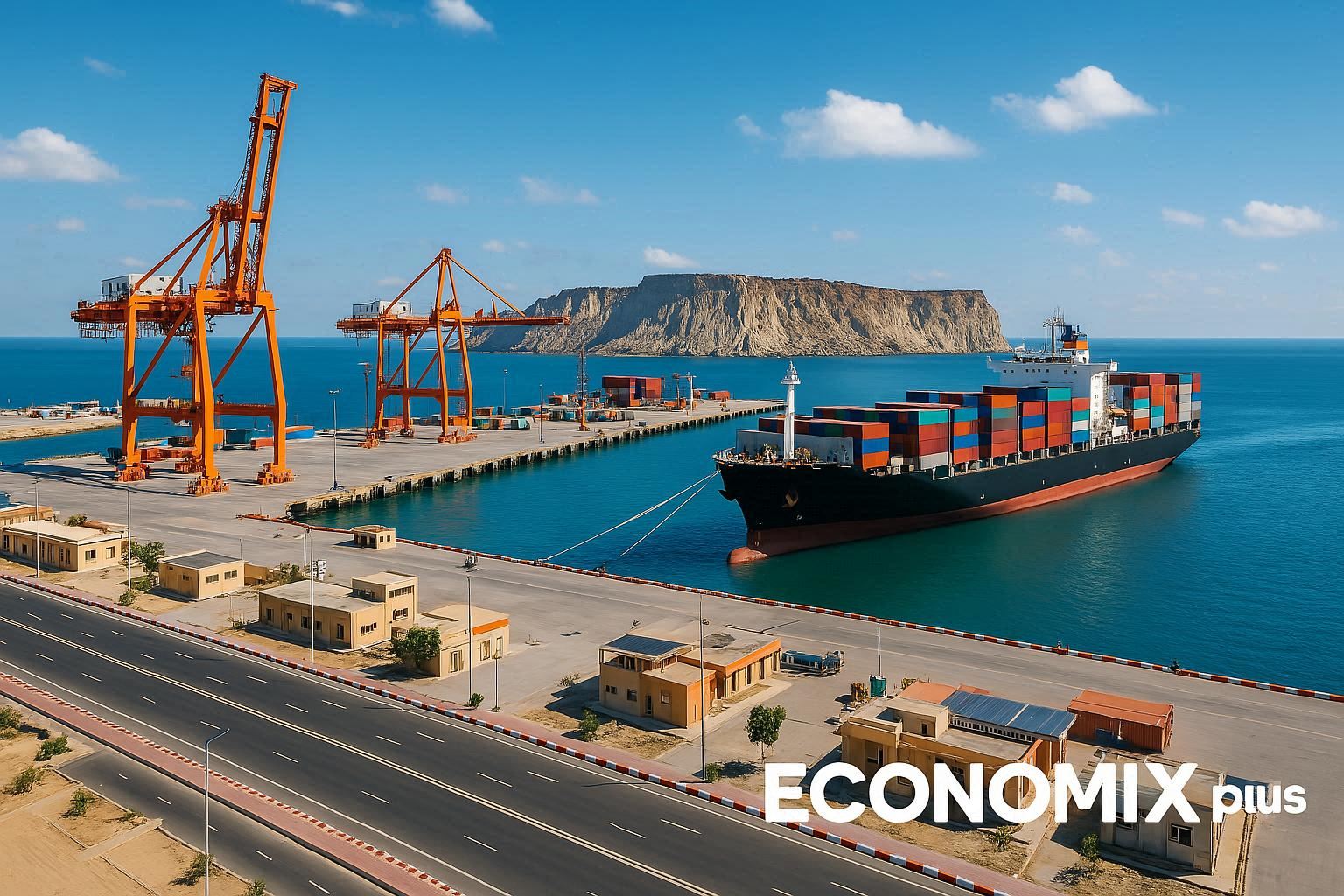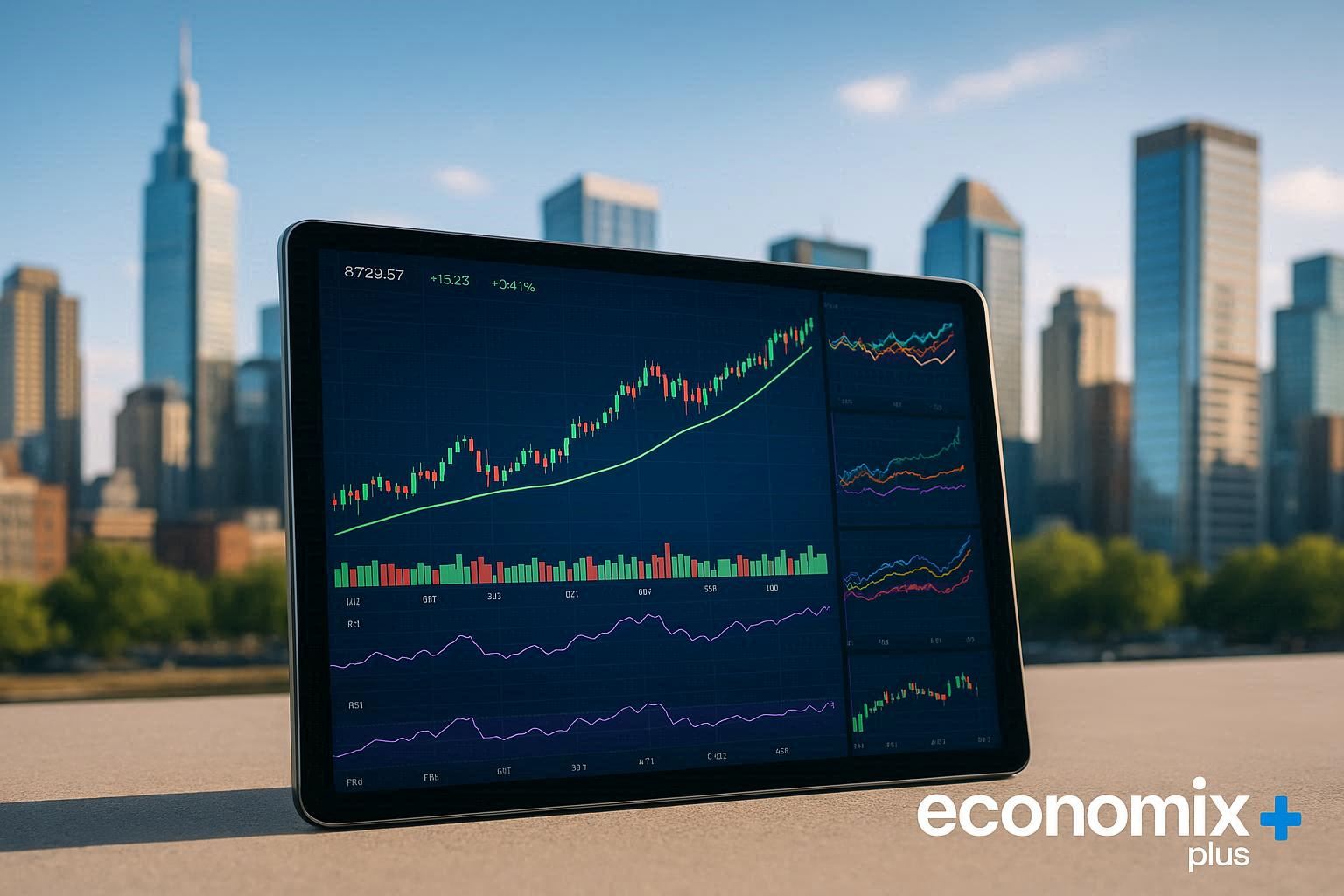As the global education landscape continues to expand, Southeast Asia is emerging as a priority region for education investment. Two of the region’s largest economies, Malaysia and Indonesia, are driving this growth. But the question remains: which country is making a more significant impact on its education system?
The answer lies in understanding the investment patterns in both countries. With rapid economic growth and a young, tech-savvy population, Malaysia and Indonesia are ideal for both traditional schools and edtech platforms. But their approaches to investment differ significantly in terms of scale, focus, and outcomes.
Key Takeaways
- Comparison of education investment in Malaysia and Indonesia
- Analysis of government spending patterns and private sector involvement
- Examination of the quality of educational outcomes in both countries
- Understanding the historical context of education development
- Future projections for education investment in the region
The Current State of Education Investment in Southeast Asia
With its young, tech-savvy population and increasing urbanization, Southeast Asia has emerged as a priority region for education investment. The region’s rapid economic growth has led to a significant increase in education budgets, with countries allocating substantial portions of their national budgets to the education sector.
Economic Growth and Education Priorities
The education sector in Southeast Asia is characterized by a mix of public funding and increasing private investment, creating diverse opportunities across K-12, higher education, vocational training, and EdTech. Government priorities vary across the region, with some countries focusing on basic education access while others emphasize higher education and research development. As the region continues to experience economic growth, the demand for quality education is expected to rise, driving further investment in the sector.
Regional Comparison of Education Budgets
Regional education budgets show significant variation, with Singapore typically leading in per-student expenditure, followed by Malaysia, Thailand, Indonesia, the Philippines, and Vietnam. The table below provides a comparison of education budgets across Southeast Asian countries.
| Country | Per-Student Expenditure |
|---|---|
| Singapore | $15,000 |
| Malaysia | $3,000 |
| Thailand | $2,500 |
| Indonesia | $1,800 |
| Philippines | $1,500 |
| Vietnam | $1,200 |
Both Malaysia and Indonesia have made education central to their national development plans, though their approaches and investment levels differ substantially. As the region continues to grow, the education sector is expected to remain a key priority, driving economic development and competitiveness.
Malaysia and Indonesia: Who is investing more in education?
The education investment landscape in Malaysia and Indonesia is shaped by their respective government policies and budget allocations. Both countries have made significant commitments to improving their education systems, but the scale and scope of their investments differ.
Government Spending as Percentage of GDP
When comparing raw education investment figures, Malaysia has historically allocated a higher percentage of its GDP to education than Indonesia. Malaysia has consistently invested between 4.5-5.5% of its GDP in education, while Indonesia’s investment has ranged from 3.0-4.0%. This difference reflects the countries’ different priorities and economic conditions.
Indonesia faces the challenge of distributing its education budget across a vast archipelago with over 270 million people. In contrast, Malaysia’s more concentrated population of approximately 32 million allows for more focused investment. Indonesia has a constitutional mandate to allocate 20% of its national budget to education, though implementation has varied over time.
Per-Student Expenditure Comparison
The difference in education investment between Malaysia and Indonesia becomes more pronounced when examining per-student expenditure. Malaysia’s investment per student is significantly higher, reflecting its smaller student population and higher GDP per capita. While Malaysia invests more per student and as a percentage of GDP, Indonesia’s total education budget is larger in absolute terms due to its much larger population.
Malaysia’s education investment has shown more stability over time, while Indonesia has seen more fluctuation in its education spending, particularly during economic downturns. This stability has allowed Malaysia to maintain a consistent level of per-student expenditure, whereas Indonesia’s per-student spending has varied.
Public vs. Private Education Investment Trends
Public and private education investment trends are diverging in Malaysia and Indonesia, reflecting different approaches to meeting educational demands. While both countries have seen significant growth in private education investment over the past decade, the balance between public and private funding differs markedly.
Malaysia’s Public-Private Education Balance
Malaysia has developed a more established public-private partnership model in education. Government initiatives actively encourage private sector participation through tax incentives and regulatory support. This balanced approach has led to a robust private education sector that complements public education efforts.
The private education sector in Malaysia is well-regulated, ensuring quality standards are maintained. As a result, Malaysia has become a hub for international education in Southeast Asia, attracting students from across the region.

Indonesia’s Growing Private Education Sector
Indonesia’s private education sector has experienced explosive growth, particularly in urban areas. This growth is driven by the limitations of the public system and increasing demand from the growing middle class for quality alternatives. The Indonesian private K-12 and Higher Education market is conservatively valued at USD 1.2 billion per year, with Higher Education accounting for USD 950 million.
| Country | Private Education Market Value | Growth Potential |
|---|---|---|
| Indonesia | USD 1.2 billion | High |
| Malaysia | Significant private investment | Moderate |
Both Malaysia and Indonesia are increasingly recognizing the importance of private investment to supplement government funding in meeting educational demands and improving quality. As the education market continues to evolve, understanding these trends will be crucial for investors and policymakers alike.
International Schools and Foreign Curriculum Growth
In recent years, both Malaysia and Indonesia have seen a notable expansion in international schools offering foreign curricula. This growth reflects a rising demand for global education standards and internationally recognized qualifications.
The international school landscape in Malaysia is well-established, with a diverse range of curricula available, including British, American, Australian, and International Baccalaureate programs. This diversity has positioned Malaysia as a regional hub for international education.
Malaysia’s International School Landscape
Malaysia’s international schools cater primarily to expatriate communities and affluent local families seeking quality education and global standards. The country’s regulatory framework supports foreign educational investment, making it an attractive destination for international educators.
- Variety of curricula available
- Strong regulatory support
- Growing demand from local families
Indonesia’s SPK Schools and Regulatory Changes
Indonesia has witnessed remarkable growth in its international school sector, particularly with the introduction of Satuan Pendidikan Kerjasama (SPK) schools. Following regulatory changes in 2014, the number of SPK schools increased from 238 to over 500 by 2018.
- Regulatory changes in 2014
- Rapid growth of SPK schools
- Increasing demand for global qualifications
The growth of international schools in both countries indicates a shift towards education that meets global standards. As demand continues to rise, these countries are likely to see further expansion in their international education sectors.

Middle Class Growth and Education Demand
Middle class growth in Southeast Asia, particularly in Malaysia and Indonesia, is transforming the education landscape. As the middle class expands, there is an increasing demand for quality education that goes beyond the capabilities of the public education system.

Education Preferences in Malaysia
Malaysia’s middle class, which represents about 40% of its population, has shown a strong preference for private education options. These options typically offer bilingual instruction, international curricula, and pathways to overseas universities, catering to the aspirations of the middle class for their children’s future.
The demand for quality education is driving the growth of private educational institutions in Malaysia, with a focus on delivering high standards that meet international benchmarks.
Indonesia’s Growing Middle Class Consumers
Indonesia’s middle class has grown dramatically to approximately 135 million people, according to the United Nations Development Programme. This burgeoning middle class is creating enormous demand for quality education, which the public sector struggles to meet. As a result, there are significant opportunities for private operators to fill this gap.
The expanding middle class in Indonesia views education as a critical vehicle for social mobility and economic advancement, driving their willingness to invest in premium educational options.
Vocational Education Investment Comparison

Both Malaysia and Indonesia recognize the importance of vocational education in addressing youth unemployment and skills mismatches. As these countries continue to develop their economies, the role of vocational education in creating a skilled workforce becomes increasingly critical.
Technical and Vocational Education in Malaysia
Malaysia has developed a comprehensive and centralized technical and vocational education and training (TVET) system. The government has invested substantially in specialized institutions and industry partnerships, enhancing the quality and relevance of vocational education. This approach has resulted in a more integrated system with stronger industry ties, contributing to better employment outcomes for graduates.
Indonesia’s Vocational School Revitalization Program
Indonesia has launched an ambitious Vocational School Revitalization Program aimed at upgrading facilities, improving teacher quality, and aligning curriculum with industry needs. The Indonesian government has also invited business leaders to play a more significant role in shaping the curriculum and setting skill standards. This collaboration is expected to provide students with relevant skills and faster employment opportunities.
The Indonesian government’s target of having 80% of its productive age group participate in vocational education and training by 2024 underscores its commitment to developing a skilled workforce. While Malaysia’s per-student investment in vocational education remains higher, Indonesia’s broader reach and ambitious targets present a different approach to achieving similar goals.
The comparison between Malaysia and Indonesia’s vocational education investment highlights different strategies in addressing common challenges. Both countries are focusing on improving the quality and relevance of vocational education, albeit through different models.
Higher Education Development and Funding
Malaysia and Indonesia are investing heavily in their higher education systems, but their approaches to funding and development differ significantly. While both countries recognize the importance of higher education for economic growth and global competitiveness, their strategies for investment in universities and other institutions vary.
Malaysia’s University Investment Strategy
Malaysia has adopted a focused investment strategy for its universities, concentrating resources on developing a smaller number of high-quality institutions. This approach has enabled several Malaysian universities to achieve respectable global rankings and attract international students. According to a World Bank policy paper, Malaysia’s strategic investment in higher education has contributed to its development as a regional education hub World Bank Policy Paper.
Indonesia’s Higher Education Challenges and Growth
Indonesia, on the other hand, faces the challenge of distributing higher education funding across a vast system of nearly 4,500 universities. Despite having a large number of institutions offering various majors, only three state-owned universities have managed to break into global rankings. The British Council forecasts that Indonesian post-secondary student numbers will rank among the top 10 worldwide by 2035, indicating significant potential for growth in the country’s education sector.
Both Malaysia and Indonesia are working to improve university-industry linkages, though Malaysia has generally achieved stronger results in aligning higher education with economic development needs. As these countries continue to invest in their education systems, the quality of their institutions will play a crucial role in determining their future economic competitiveness.
EdTech Investment and Digital Learning

The EdTech sector has seen significant growth in both Malaysia and Indonesia, driven by the COVID-19 pandemic and increasing digital adoption. This growth has transformed the education landscape, with both countries investing heavily in digital learning platforms and infrastructure.
Malaysia’s Digital Education Initiatives
Malaysia has implemented coordinated national digital education initiatives, including government-backed platforms and digital infrastructure development. This has supported online learning across the education system, enhancing the quality of education and increasing access to educational resources.
Indonesia’s Emerging EdTech Ecosystem
Indonesia’s EdTech ecosystem has grown organically, with numerous startups addressing specific market gaps. Companies like Cakap have emerged, offering innovative learning solutions such as foreign language learning and vocational training, and have gained significant traction with over 2 million users.
Both countries face challenges in ensuring equitable access to digital learning tools, with significant urban-rural divides in internet connectivity and device availability. Investment in EdTech has come from diverse sources, including government funding, venture capital, and corporate partnerships, though Indonesia has seen more private sector-driven growth.
The EdTech landscape in both countries encompasses various segments, including learning management systems, online tutoring platforms, language learning applications, and skills development services. As the EdTech sector continues to evolve, it is likely to play an increasingly important role in shaping the future of education in Malaysia and Indonesia.
Foreign Investment Opportunities in Education

Foreign investment in education is on the rise in Southeast Asia, with Malaysia and Indonesia at the forefront of this trend. Both countries have been actively working to open their education sectors to foreign investment, albeit with different regulatory frameworks and areas of opportunity.
Malaysia’s Foreign Investment Framework
Malaysia offers a more established and transparent foreign investment framework for education, allowing up to 100% foreign ownership in certain education segments. This clarity and flexibility make Malaysia an attractive destination for international education providers looking to expand their presence in Southeast Asia. For more information on Malaysia’s education investment climate, you can refer to studies such as the one found on Econstor.
Indonesia’s Opening Education Market to Foreign Investors
Indonesia has made significant regulatory changes since 2015 to attract foreign investment in education. Government Regulation Number 63 Year 2008 has been particularly impactful, opening foundation-based educational institutions to foreign investment with a relatively low minimum investment of approximately USD 7,000. This move has encouraged foreign investors to explore opportunities in Indonesia’s vast education market.
The education sectors in both Malaysia and Indonesia present diverse opportunities for foreign investors, ranging from international schools and higher education partnerships to EdTech ventures and education support services. While Malaysia offers a more developed regulatory environment, Indonesia’s large population and growing middle class make it an attractive market for education investment.
Quality Metrics and Educational Outcomes
The effectiveness of education investment is ultimately measured by educational outcomes, where Malaysia and Indonesia exhibit distinct differences. Educational outcomes are critical in assessing the quality of education and the effectiveness of investment in the education sector.
Performance in International Assessments
Malaysia has consistently outperformed Indonesia in international assessments such as the Programme for International Student Assessment (PISA). Although Malaysia’s scores remain below the OECD average in reading, mathematics, and science, its performance indicates a relatively stronger education system compared to Indonesia.
Key statistics highlighting Malaysia’s performance include:
- Better average scores in PISA compared to Indonesia
- Lower percentage of students below minimum competency levels
- More effective quality assurance frameworks
Educational Quality Challenges
Indonesia faces significant educational quality challenges, as evidenced by OECD PISA data. Approximately 70% of Indonesian students perform below minimum competency levels in reading, 71% in mathematics, and 60% in science. These statistics underscore the need for Indonesia to reassess its education investment strategies and quality assurance mechanisms.
- High percentage of students below minimum competency levels
- Significant disparity between urban and rural educational outcomes
- Need for improved quality assurance and accreditation systems
Both countries must continue to address these challenges to enhance educational outcomes and ensure that education investment translates into improved learning and standards for students.
Conclusion: Future Outlook for Education Investment
The future outlook for education investment in Southeast Asia, particularly in Malaysia and Indonesia, is a complex and multifaceted issue. Both countries face significant opportunities and challenges that will shape their economic competitiveness and social development. Malaysia’s mature education system is likely to focus on quality improvements and specialized sectors, while Indonesia will continue expanding basic access alongside quality enhancements.
The growing middle class in both countries will drive demand for quality education options, including international curriculum schools and education technology solutions. As the education landscape evolves, foreign investment is expected to accelerate, with Indonesia potentially seeing faster growth due to its larger market size and recent regulatory reforms.













